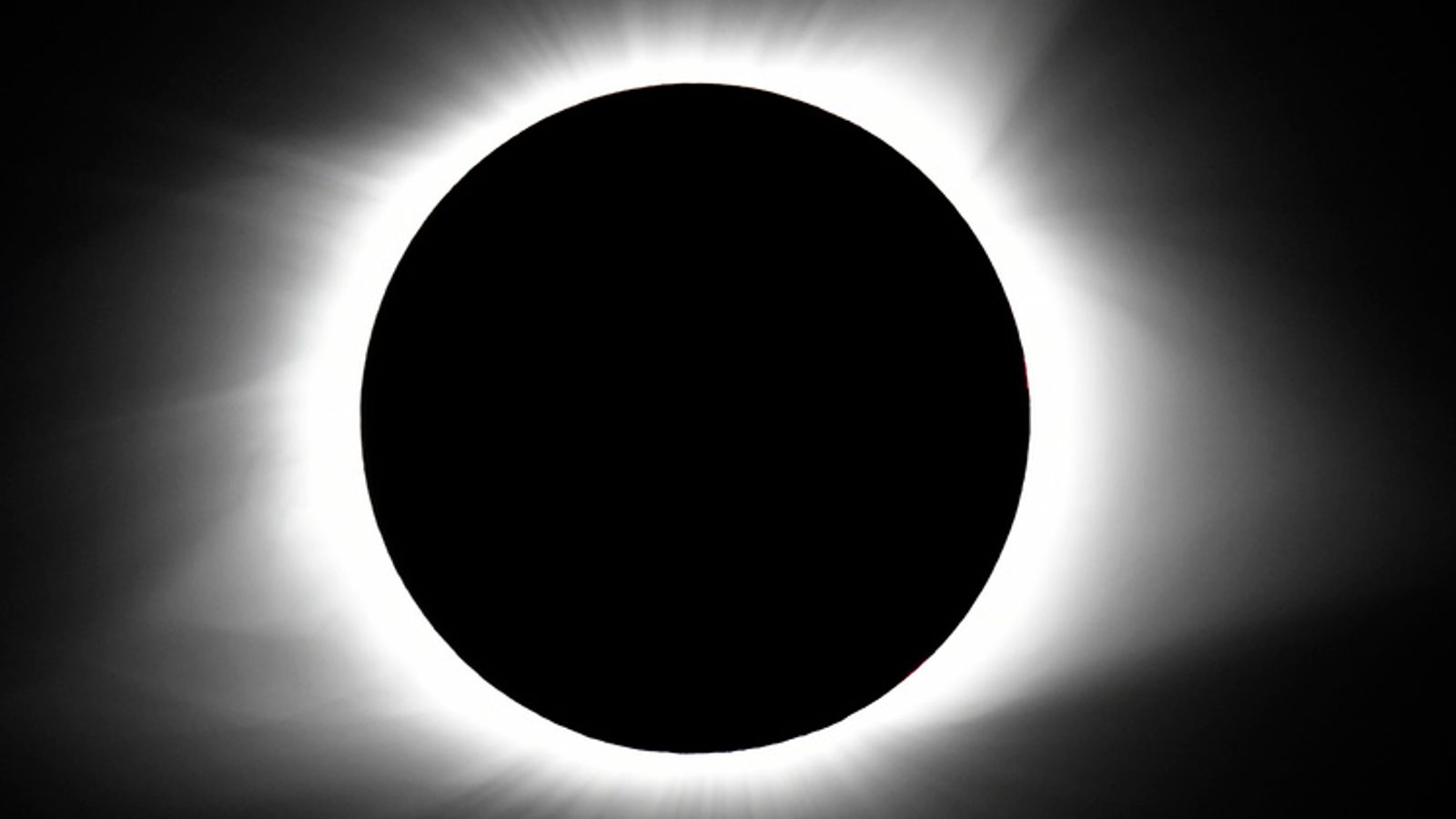Prisoners in New York are suing the state corrections department over next week’s total solar eclipse – demanding they be allowed to watch the “rare phenomenon”.
A lockdown of prisons has been ordered by the state corrections department for the same day as the eclipse on 8 April.
It means incarcerated individuals will remain in their housing units from 2pm to 5pm, which are the normal hours for outdoor recreation in prisons, according to a lawsuit.
The suit filed in a federal court argues the lockdown violates inmates’ constitutional rights to practise their faiths by preventing them from taking part in a religiously significant event.
The plaintiffs are six men with different religious backgrounds and who are held at the Woodbourne Correctional Facility.
The celestial event was last visible in the US in 2017 and will not be seen in the country again until 2044.
“A solar eclipse is a rare, natural phenomenon with great religious significance to many,” the complaint reads.
The lawsuit states one of the named plaintiffs, an atheist, received special permission last month to view the eclipse using glasses provided by the state – but that decision was made before the announcement of the lockdown at the prison.
Four of the other plaintiffs subsequently sought permission but were denied by officials who ruled the solar eclipse is not listed as a holy day for their religions, the lawsuit states.
A sixth inmate said he never received a response.
Read more from Sky News:
Can I see the total solar eclipse in the UK?
What scientists hope to learn from celestial event
Thomas Mailey, a corrections department spokesperson, said the agency does not comment on pending litigation – but said those related to viewing the eclipse are currently under review.
The total eclipse is expected to be seen in New York at around 3.15pm and will last just minutes as the moon passes between the Earth and the sun, temporarily blocking the sun and turning day into night.
Be the first to get Breaking News
Install the Sky News app for free
According to NASA, it will begin over the South Pacific, with its path reaching Mexico’s Pacific coast before entering the US in Texas.
It will then go through Oklahoma, Arkansas, Missouri, a tiny piece of Tennessee, Illinois, Kentucky, Indiana, Ohio, a small area of Michigan, Pennsylvania, New York, Vermont, New Hampshire and Maine.






